Away from frosty Britain, lecturing my way across the Atlantic to Rio de Janeiro, life has been dominated more by Donald Trump than by Dickie Johnson with passengers seeking refuge in jokes about the new president. ‘Why does Donald Trump keep marrying foreign women?’ ‘Because there are some jobs Americans just won’t do.’ ‘What can Melania possibly see in him?’ ‘Five billion dollars and high cholesterol’ and ‘How does Donald Trump hope to get six million Mexicans back home?’ ‘Juan by Juan.’ Well, it’s either humour or take to drink.
When I heard that the Jockey Club plans to sell off Kempton Park, home of the King George VI Steeplechase, for housing development I thought that, too, must be some kind of sick joke, but it isn’t. Now I am not going to launch into a diatribe against yet another section of a remote establishment, reaction against which has in part explained both the rise of Trumpism and Brexit. I won’t because since it ceded its powers to discipline racing in 1993, and handed day-to day control of the sport to professional managers in 2006, the Jockey Club has probably done more good to racing than ever it did at the height of its powers. To paraphrase American secretary of state Dean Acheson’s famous verdict on Britain, the Jockey Club lost its empire but has found a new role, based on land, intellectual property, media, music and catering. It churns out healthy profits on a £181 million annual turnover.
Thanks to Nicky Henderson’s father Johnny, a group that later became Racecourse Holdings Trust was formed in 1964 to save Cheltenham from urban sprawl. The Jockey Club played a major part, too, in rescuing Aintree from developers, and RHT eventually morphed into Jockey Club Racecourses, which now operates as a trust running 15 racecourses. No profits are handed to shareholders; instead all are reinvested in racing. Between 2010 and 2015 the Jockey Club injected £103 million-plus into prize money with another £20 million in 2016. Its racecourses are involved in a £145 million investment programme to improve the quality of racing and widen its appeal to new audiences. The group has pioneered the use of frost covers to preserve racing fixtures that might in the past have been lost to bad weather, and it stages 25 per cent of the UK’s racing programme, including Cheltenham, Aintree and the Derby.
So why the controversial decision to sell off Kempton, a course whose statues of Desert Orchid and Kauto Star signal the quality of the jump racing it has been capable of attracting, and use the profits to boost prize money in general, build an all-weather racetrack at Newmarket and boost Sandown Park just a few miles away? The answer, I fear, is that while ten of the group’s 15 racecourses stage jump racing, the Jockey Club still hasn’t lost its Newmarket orientation nor has jump racing figured among its top priorities. The story of the disappearance of Lord Sefton’s binoculars shortly after the National Hunt Committee, until then jump racing’s powers-that-be, merged with the Jockey Club in 1969 was symbolic. ‘What can you expect,’ he was heard to protest, ‘now that we’re in with the National Hunt Committee?’
It may well be convenient for the huge number of trainers in Newmarket, where only a handful of jumpers are trained, to have a new all-weather track built on their doorstep. But few racegoers who do not live in the area will travel to watch the cheapest deadbeat horses at Headquarters race around it. The Jockey Club is supposed to be dedicated to ‘increasing the appeal of racing to a wider public’. A new Newmarket venue for whippet-racing will not do that, while gate money demonstrates the growing appeal nationwide of watching jumpers trained at Lambourn, in the Cotswolds and in the south-west.
As for boosting Sandown, the Jockey Club does not need to murder Kempton to do that. And if Sandown’s already attractive fare is made more toothsome still by the addition of the King George, who will that help? Attracting crowds of 20,000-plus to Sandown will only increase further the number of those who give up going racing because sitting in two-hour traffic queues on the way to and from the racecourse is not their idea of fun.
Killing off one of London’s two remaining jump tracks cannot possibly boost the sport. Levies or Racing rights will not produce funds for ever: to sustain the sport long-term, racing needs people to come and watch it. I have been a lifelong devotee of the sport because as a boy I used to wheel my bike down the road, prop it against the fence and stand on the saddle to watch horses thundering by, the jockeys in their multicoloured silks shouting at each other and the crescendo from the distant stands building. Hurst Park, just across the Thames from Kempton, was sold off for housing in the 1960s. If the Jockey Club chooses to do the same with Kempton, racing will take one more step towards the abyss.
Got something to add? Join the discussion and comment below.
Get 10 issues for just $10
Subscribe to The Spectator Australia today for the next 10 magazine issues, plus full online access, for just $10.
You might disagree with half of it, but you’ll enjoy reading all of it. Try your first month for free, then just $2 a week for the remainder of your first year.

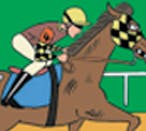
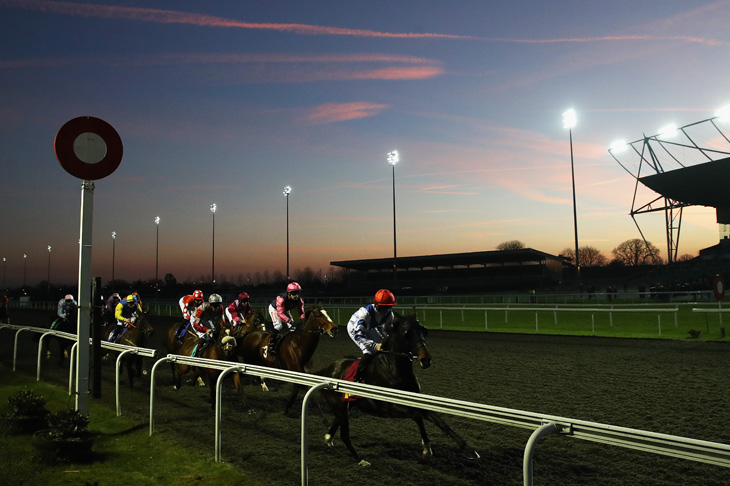
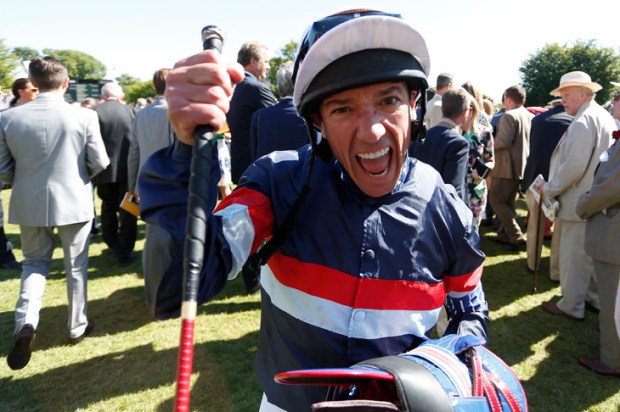
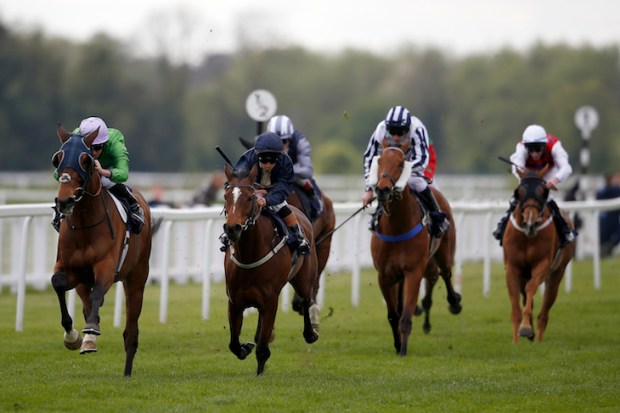
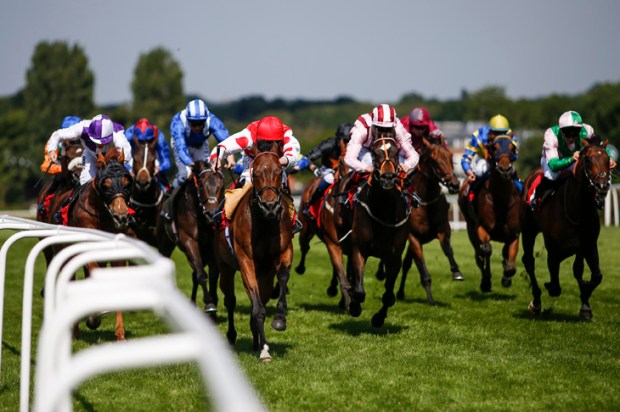
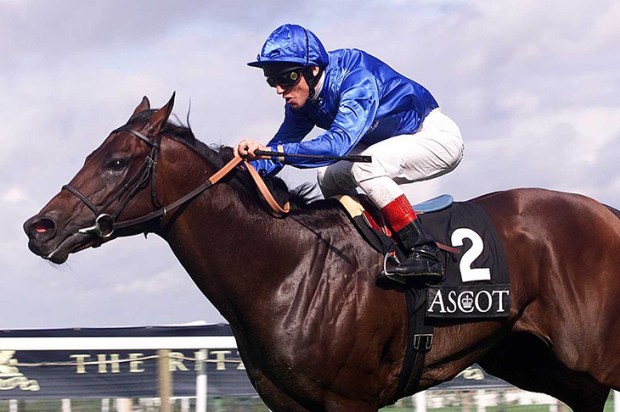
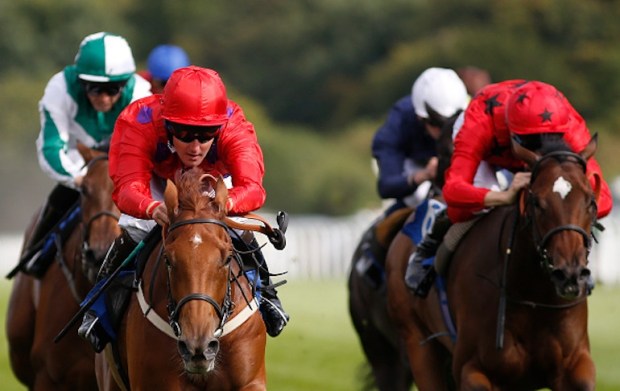
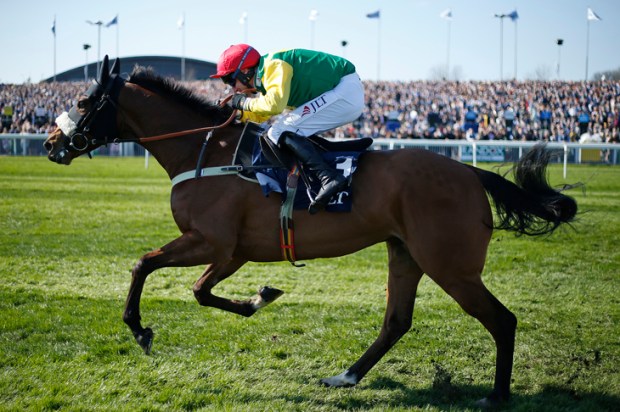






Comments
Don't miss out
Join the conversation with other Spectator Australia readers. Subscribe to leave a comment.
SUBSCRIBEAlready a subscriber? Log in